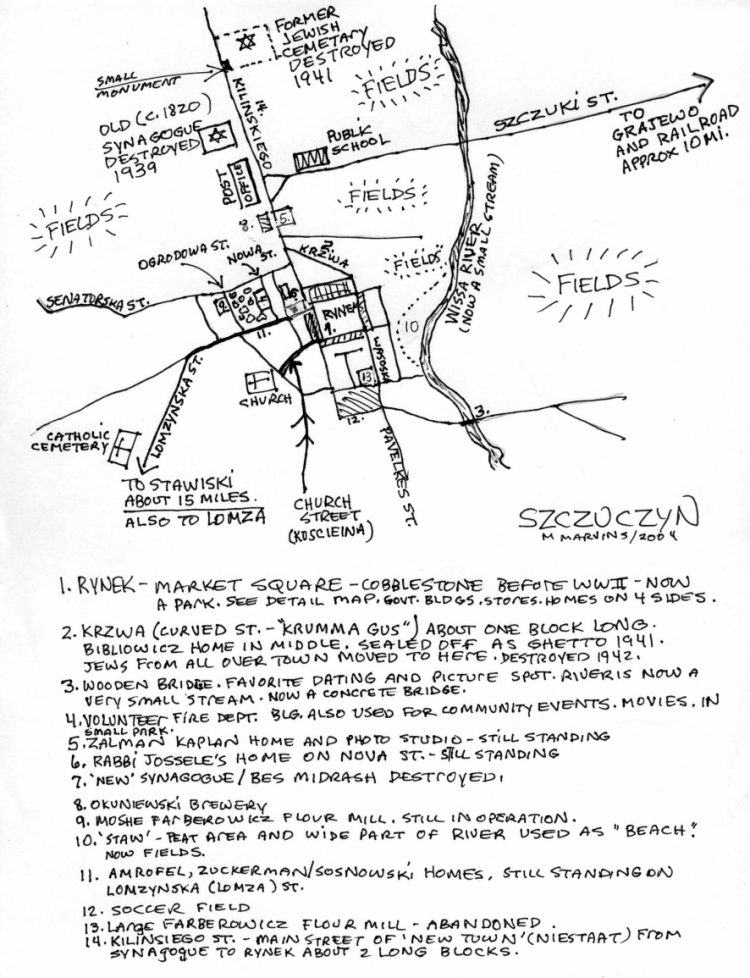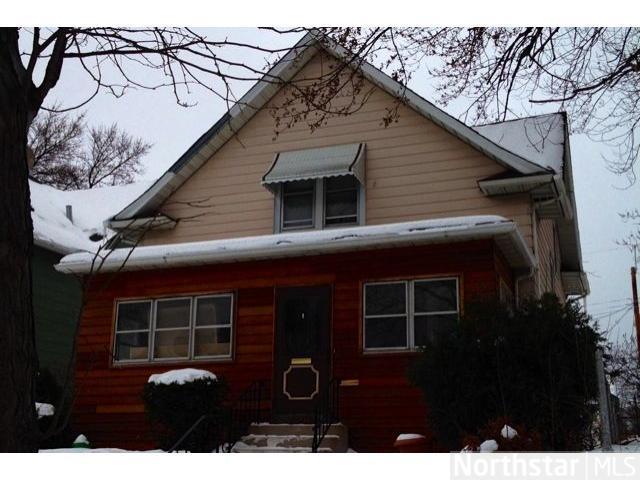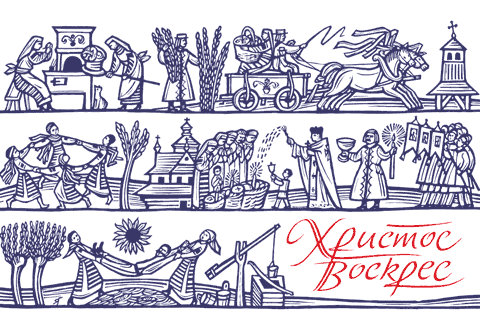 |
| Ukrainian school in 1938. Photo by Margaret Bourke White, collection of MOMA. |
Many people assume that the great wave of immigrants arrived
in the United States from Eastern Europe were uneducated, illiterate people,
suited only for manual labor.
However, I have found that my extended family, although they were very
poor, coming from eastern Galicia, the poorest part of the Austria-Hungarian
Empire, or from northern Poland, ruled by Russia, or from Russia itself, were
surprisingly well educated.
There was a school in the little village of Bila, which just
outside the walls of the city of Ternopil’ home of my grandmother’s family. My great Aunt, Katherine Rychly described the school where she developed her life-long love of reading in her in her autobiography. The school wasn’t far from the family home, and was
attended by boys and girls, the children were taught by both men and women.
She didn’t mention if the boys and girls attended classes together. The first and second grade children
attended for a half-day, and from third grade on, the children attended a full
day of school. There was a separate class for each grade.
From the education
levels stated in the 1940 US census, the highest grade completed by a Rychly
family member was 7th grade, so I am assuming that the school went
through the 8th grade. Instruction was in both the Polish and
Ukrainian languages. Katherine
mentions that the textbooks were in both languages. In 1890, an agreement was
made between the Poles and Ruthenians (an old name for Ukrainians in Austria),
in Galicia that allowed partial Ukrainianization of the school system and the
inclusion of Ukrainian culture in the school curriculum.
Every two weeks, the children had
religious education, provided by the church. The Polish children received their education from the Roman
Catholic priest, the Ukrainian children were taught by a Greek Catholic
priest. In addition to the regular
subjects, the girls were taught needlework and crocheting.
My Aunt’s formal
education ended after the third grade, in 1914, when World War began on August,
1914. There was no more school in the village of Bila, since Ternopil’ was
invaded by various armies for the next four years. After the war, Eastern
Galicia became part of Poland, and Katherine was too old for school, and was
working to help support the family.
In the village, there was a building that served as a
community center, which was also used for evening discussion groups, called
“readings,” which were closed to women. There the more educated men shared
their knowledge with the less educated men of the village.
I made an informal survey of my extended family’s education,
using data from the 1940 US Census, which noted the highest grade of education
completed by each person listed. I
also checked the 1930 US Census, which recorded whether the person could read
and write.
The Rychly, Koshuba and Nyznyk families immigrated from Galicia,
part of the Austria-Hungarian Empire. In the Rychly family, the highest grade
completed was 7th grade, the lowest was 3rd grade. All the Rychly family members who immigrated to the United States
could read and write when they came here. It is interesting to note that most children in the
United States completed only four to five years of school during the early
years of the 20th century. In the Koshuba
family, the highest grade level
completed was 8th grade, the lowest was 6th grade. My paternal grandfather John Nyznyk
completed 5th grade, but my grandmother, his wife, was illiterate.
 |
| Map of Szczuczyn, showing the location of the Synagogues and Public School. Source: Jose Gutstein |
On my husband’s side of the family, the Krause
(Karbovsky) and Markin (Monkovski)
families lived in Northern Poland, which was part of the Russian Empire at the
time of their immigration. In Sczcuczyn, ancestral home of the Krause (Karbovsky) family, Jews attended the public schools as well as religious schools.
The Gerstein family lived in Russia. I do not have any information about the kind of public education they received in their villages, although all Jewish men received a basic education in religious schools. Berdichev, original home of the Gerstein family was known as a center of Jewish learning and had a famous Yeshiva located here. My husband's paternal grandfather, Morris Gerstein, was listed in the 1940 US census as having no education, yet he did know how to read and write.
The Gerstein family lived in Russia. I do not have any information about the kind of public education they received in their villages, although all Jewish men received a basic education in religious schools. Berdichev, original home of the Gerstein family was known as a center of Jewish learning and had a famous Yeshiva located here. My husband's paternal grandfather, Morris Gerstein, was listed in the 1940 US census as having no education, yet he did know how to read and write.
There appears to be a big difference between the amount of education
that the men and women received in the Russian ruled areas, although religious education was available to women. In the Krause
family, all the men who came to the United States had an 8th grade
education. I have no information about the education of the men who immigrated in the Monkovski family,
since I have not found them in the 1940 US census. The Monkovski women’s
education varied, the lowest was 2nd grade, the highest was 6th
grade.













